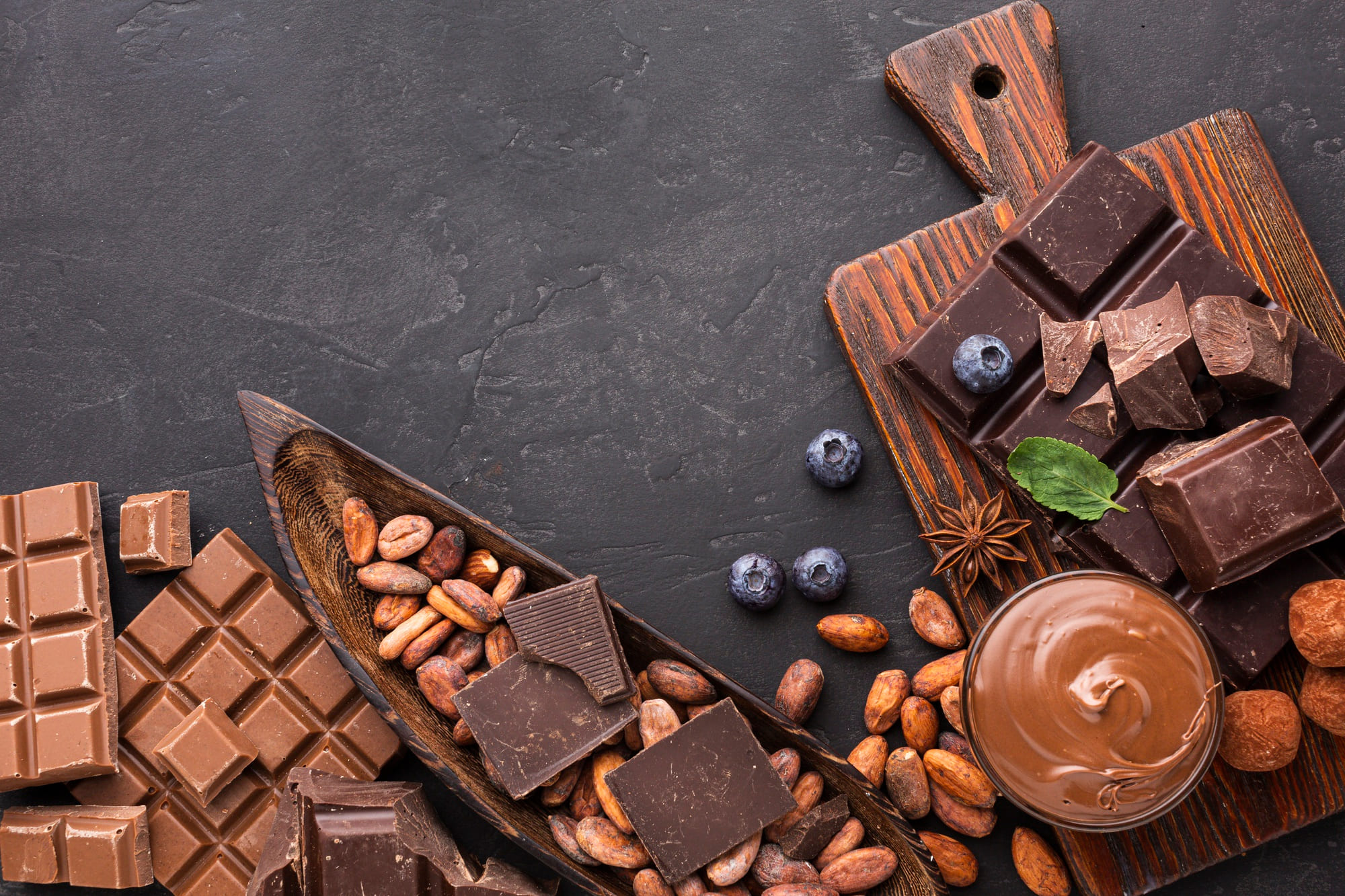Blog
Interesting Facts About Chocolate:

Chocolate is a truly fascinating treat with a rich history and complex science behind it:
- Ancient Origins: Chocolate’s history dates back thousands of years to ancient Mesoamerican civilizations like the Mayans and Aztecs. They consumed it as a bitter, frothy drink called “xocolatl,” often flavored with spices and chili peppers. It was highly valued and even used as currency.
- European Introduction: Chocolate was introduced to Europe by the Spanish in the 16th century. Initially, it remained a bitter drink enjoyed primarily by the elite. It wasn’t until the 17th century that sweeteners like honey and sugar were added, making it more palatable.
- The Invention of Solid Chocolate: The creation of solid chocolate as we know it today is largely attributed to innovations in the 19th century, particularly with the development of the cocoa press (allowing the separation of cocoa butter) and the conching process (which creates a smoother texture).
- Cocoa Butter’s Unique Properties: Cocoa butter is a unique fat that is solid at room temperature but melts readily at body temperature, giving chocolate its characteristic melt-in-your-mouth feel.
- The “Bloom”: That whitish coating that sometimes appears on chocolate isn’t mold. It’s called “bloom” and is either fat bloom (caused by changes in cocoa butter crystals) or sugar bloom (caused by moisture dissolving and recrystallizing sugar on the surface). While it might affect the appearance and texture slightly, the chocolate is usually still safe to eat.
- Chocolate and Mood: Chocolate contains compounds like phenylethylamine, which is associated with feelings of pleasure and well-being. It also triggers the release of endorphins in the brain, contributing to its mood-boosting effects. However, the amounts are generally small.
- Dark Chocolate’s Potential Benefits: Dark chocolate with a high cocoa content (70% or more) contains antioxidants called flavonoids, which have been linked to various health benefits, such as improved heart health and cognitive function. However, it’s important to consume it in moderation.
- The Tempering Process: For chocolate to have a smooth, glossy finish and a crisp snap, it needs to be “tempered.” This involves carefully heating and cooling the chocolate to specific temperatures to ensure the cocoa butter crystals form in a stable structure.
- Different Types of Chocolate: There’s a wide variety of chocolate, including dark chocolate, milk chocolate (which contains added milk solids), and white chocolate (which isn’t technically chocolate as it doesn’t contain cocoa solids, only cocoa butter, sugar, and milk solids).
Global Production: The majority of the world’s cocoa beans are grown in West Africa, with countries like Côte d’Ivoire and Ghana being major producers.
